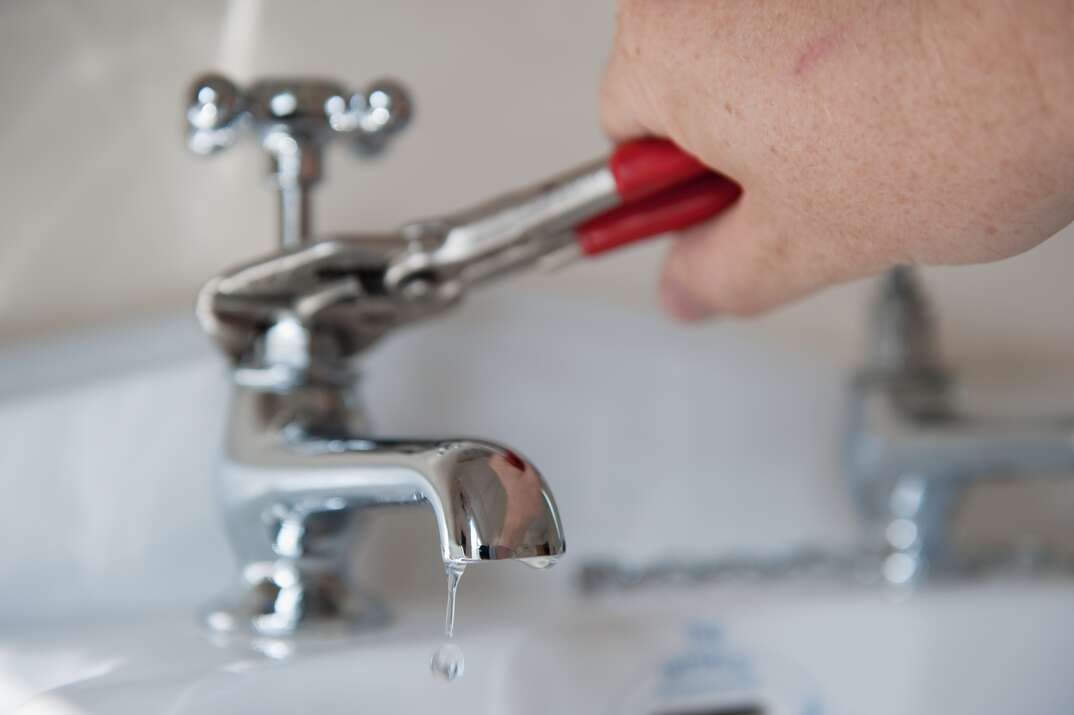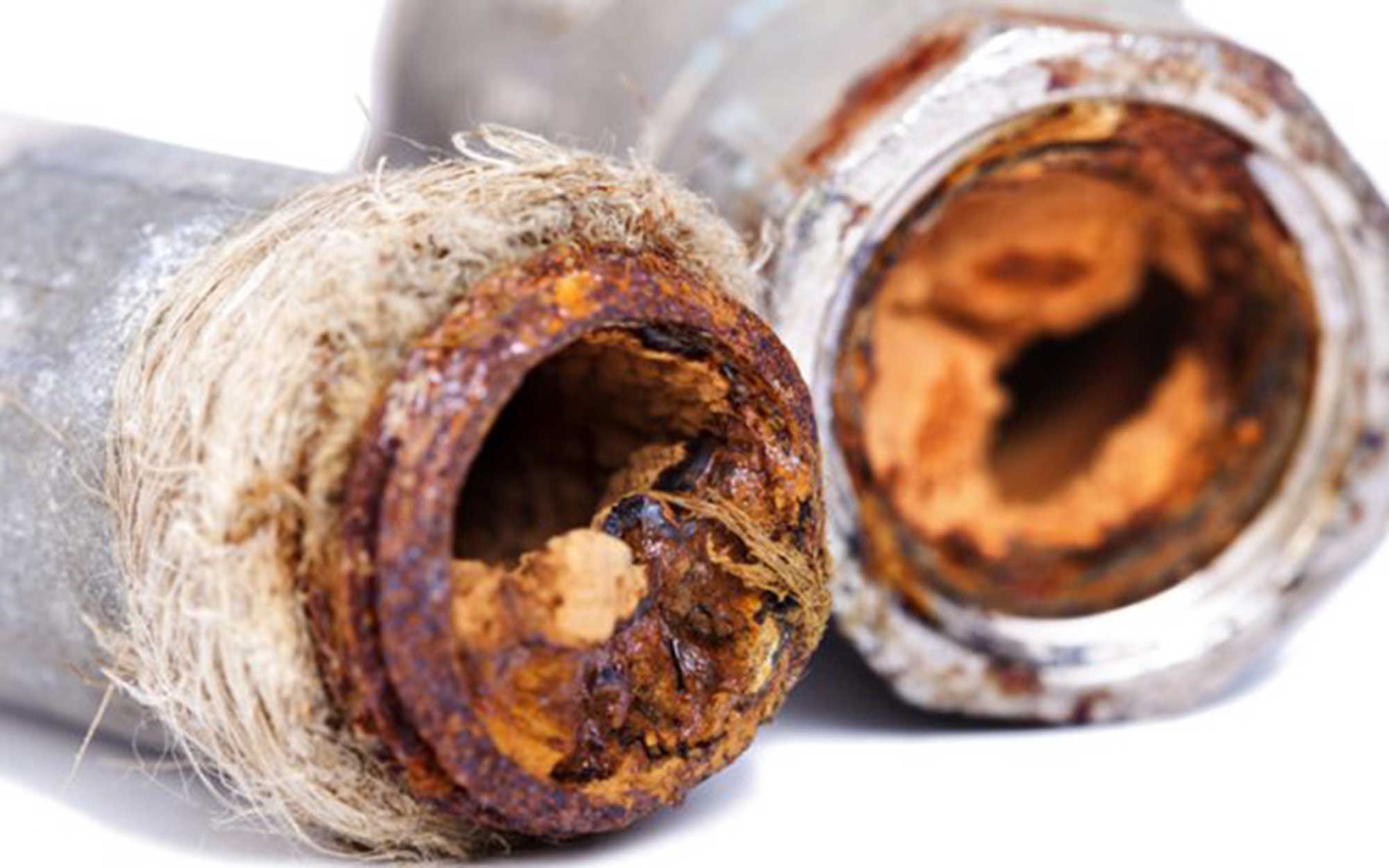Determining And Also Taking Care Of Plumbing Noises In Your House
Determining And Also Taking Care Of Plumbing Noises In Your House
Blog Article
What're your opinions with regards to Why Do My Pipes Make Noises?

To diagnose noisy plumbing, it is essential to figure out initial whether the unwanted audios occur on the system's inlet side-in other words, when water is transformed on-or on the drainpipe side. Sounds on the inlet side have varied causes: extreme water stress, used valve and faucet components, poorly attached pumps or various other appliances, incorrectly put pipeline bolts, and also plumbing runs having way too many limited bends or various other constraints. Sounds on the drainpipe side usually stem from poor place or, just like some inlet side noise, a design consisting of limited bends.
Hissing
Hissing sound that takes place when a tap is opened a little generally signals excessive water pressure. Consult your local water company if you think this problem; it will have the ability to inform you the water stress in your location as well as can set up a pressurereducing shutoff on the inbound water system pipe if required.
Other Inlet Side Noises
Creaking, squeaking, scratching, snapping, and tapping usually are caused by the expansion or tightening of pipelines, usually copper ones providing warm water. The noises happen as the pipelines slide versus loose fasteners or strike close-by home framing. You can typically pinpoint the area of the trouble if the pipelines are subjected; just follow the sound when the pipelines are making sounds. More than likely you will certainly find a loose pipeline hanger or a location where pipes exist so near flooring joists or various other mounting items that they clatter against them. Attaching foam pipeline insulation around the pipelines at the point of get in touch with should treat the issue. Make sure straps and also wall mounts are safe and give sufficient support. Where feasible, pipeline fasteners should be affixed to large structural elements such as foundation wall surfaces as opposed to to framing; doing so lessens the transmission of vibrations from plumbing to surface areas that can enhance and move them. If connecting fasteners to framework is inevitable, cover pipelines with insulation or other resistant material where they contact bolts, as well as sandwich completions of brand-new fasteners in between rubber washers when mounting them.
Fixing plumbing runs that experience flow-restricting tight or various bends is a last resort that ought to be embarked on only after getting in touch with a proficient plumbing professional. However, this circumstance is rather typical in older houses that may not have actually been developed with interior plumbing or that have seen numerous remodels, especially by novices.
Chattering or Shrieking
Extreme chattering or shrieking that takes place when a valve or faucet is turned on, which generally disappears when the installation is opened totally, signals loose or malfunctioning internal components. The solution is to replace the shutoff or faucet with a new one.
Pumps and also appliances such as cleaning equipments as well as dish washers can transfer motor sound to pipes if they are incorrectly attached. Link such products to plumbing with plastic or rubber hoses-never inflexible pipe-to isolate them.
Drainpipe Sound
On the drainpipe side of plumbing, the chief goals are to remove surfaces that can be struck by falling or hurrying water and also to insulate pipes to have unavoidable noises.
In brand-new building and construction, bathtubs, shower stalls, bathrooms, and also wallmounted sinks and also basins should be set on or against resistant underlayments to lower the transmission of sound with them. Water-saving commodes and faucets are less loud than standard models; install them rather than older types even if codes in your location still allow making use of older fixtures.
Drainpipes that do not run vertically to the basement or that branch right into straight pipeline runs sustained at floor joists or other framing present especially bothersome sound troubles. Such pipelines are huge enough to radiate significant vibration; they likewise bring considerable quantities of water, that makes the scenario even worse. In brand-new building and construction, specify cast-iron soil pipes (the large pipes that drain toilets) if you can afford them. Their massiveness includes much of the noise made by water going through them. Likewise, prevent transmitting drains in wall surfaces shown bed rooms as well as spaces where individuals collect. Wall surfaces consisting of drainpipes ought to be soundproofed as was explained earlier, utilizing double panels of sound-insulating fiberboard and wallboard. Pipes themselves can be wrapped with special fiberglass insulation made for the purpose; such pipelines have a resistant plastic skin (often including lead). Results are not constantly sufficient.
Thudding
Thudding sound, commonly accompanied by trembling pipes, when a faucet or device shutoff is switched off is a problem called water hammer. The noise and resonance are brought on by the resounding wave of pressure in the water, which suddenly has no place to go. Occasionally opening up a valve that discharges water quickly right into an area of piping including a constraint, arm joint, or tee fitting can generate the exact same condition.
Water hammer can generally be healed by setting up fittings called air chambers or shock absorbers in the plumbing to which the trouble shutoffs or faucets are connected. These tools enable the shock wave created by the halted circulation of water to dissipate in the air they contain, which (unlike water) is compressible.
Older plumbing systems might have brief vertical areas of capped pipeline behind walls on tap runs for the same objective; these can eventually loaded with water, minimizing or destroying their performance. The remedy is to drain the water supply totally by shutting off the major supply of water shutoff as well as opening all taps. Then open up the primary supply shutoff as well as close the taps one at a time, beginning with the faucet nearest the shutoff and finishing with the one farthest away.
3 Most Common Reasons for Noisy Water Pipes
Water hammer
When water is running and is then suddenly turned off, the rushing liquid has no place to go and slams against the shut-off valve. The loud, thudding sound that follows is known as a water hammer. Besides being alarming, water hammer can potentially damage joints and connections in the water pipe itself. There are two primary methods of addressing this issue.
Check your air chamber. An air chamber is essentially a vertical pipe located near your faucet, often in the wall cavity that holds the plumbing connected to your sink or tub. The chamber is filled with air that compresses and absorbs the shock of the fast moving water when it suddenly stops. Unfortunately, over time air chambers tend to fill with water and lose their effectiveness. To replenish the air chambers in your house you can do the following. Turn off the water supply to your house at the main supply (or street level). Open your faucets to drain all of the water from your plumbing system. Turn the water back on. The incoming water will flush the air out of the pipes but not out of the vertical air chamber, where the air supply has been restored. Copper pipes
Copper pipes tend to expand as hot water passes through and transfers some of its heat to them. (Copper is both malleable and ductile.) In tight quarters, copper hot-water lines can expand and then noisily rub against your home's hidden structural features — studs, joists, support brackets, etc. — as it contracts.
One possible solution to this problem is to slightly lower the temperature setting on your hot water heater. In all but the most extreme cases, expanding and contracting copper pipes will not spring a leak. Unless you’re remodeling, there's no reason to remove sheetrock and insert foam padding around your copper pipes.
Water pressure that’s too high
If your water pressure is too high, it can also cause noisy water pipes. Worse, high water pressure can damage water-supplied appliances, such as your washing machine and dishwasher.
Most modern homes are equipped with a pressure regulator that's mounted where the water supply enters the house. If your home lacks a regulator, consider having one professionally installed. Finally, remember that most plumbers recommend that water is delivered throughout your home at no lower than 40 and no greater than 80 psi (pounds per square inch).
Whatever the state of your plumbing, one thing is certain — you’re eventually going to encounter repair and replacement issues around your home that require professional help. That’s where American Home Shield can come to your aid.
https://www.ahs.com/home-matters/repair-maintenance/causes-of-noisy-water-pipes/

As a serious reader about Why Do My Plumbing Pipes Make A Knocking Noise, I figured sharing that piece of writing was sensible. Enjoyed reading our piece? Please share it. Help somebody else locate it. Thanks so much for going through it.
Visit My Site Report this page